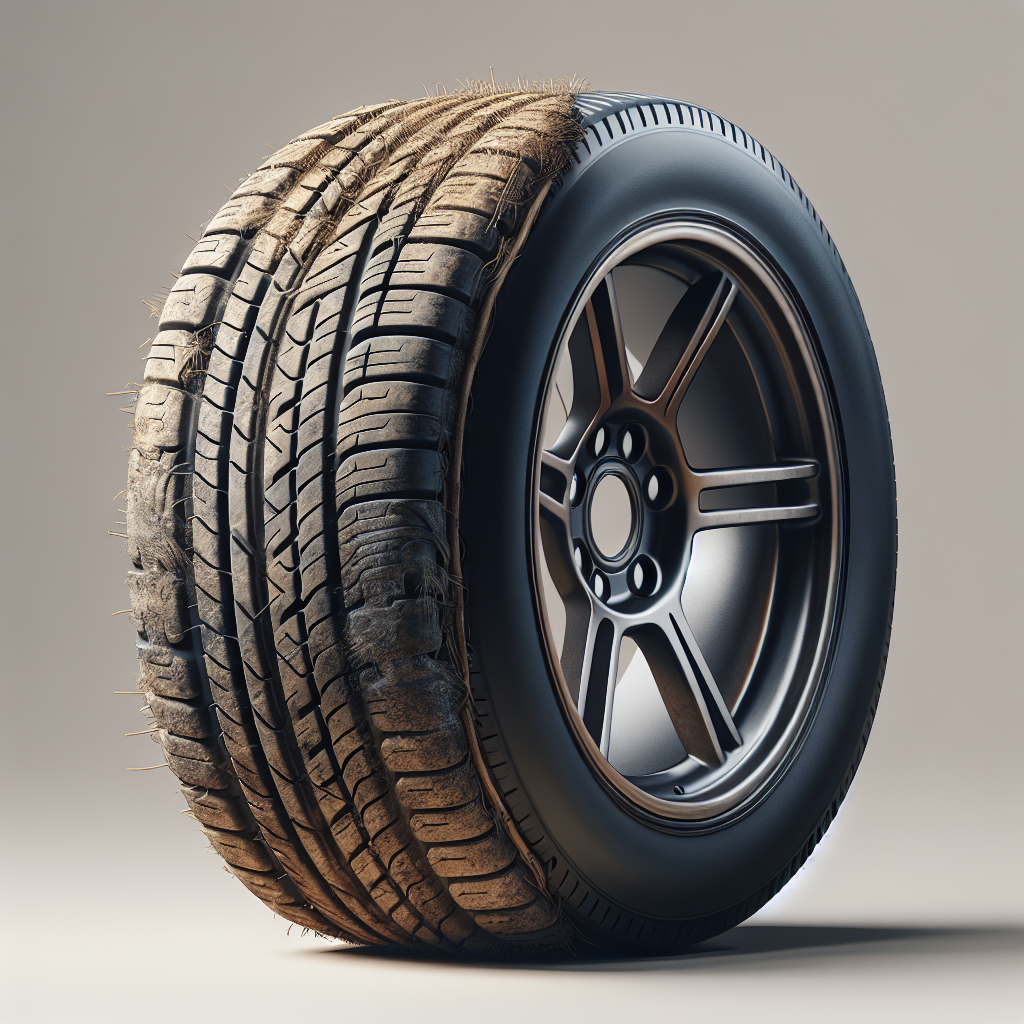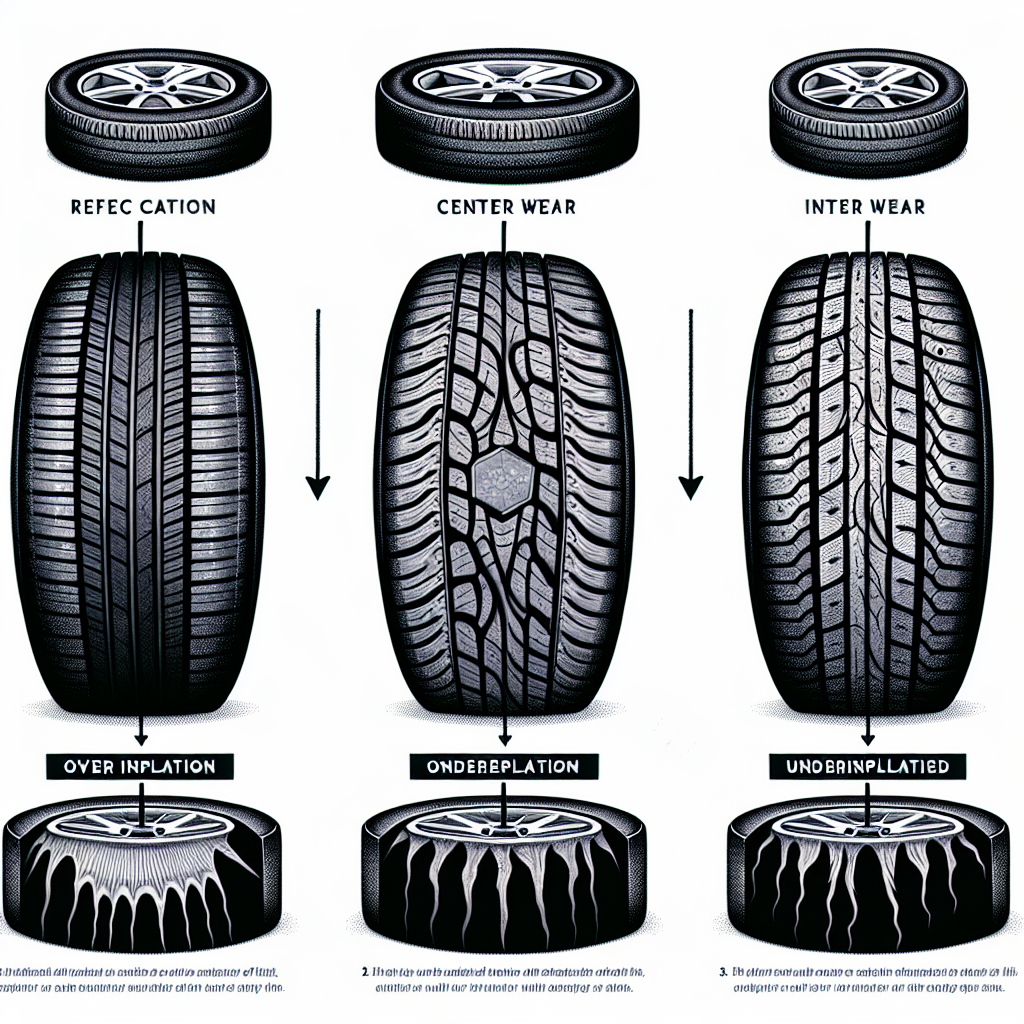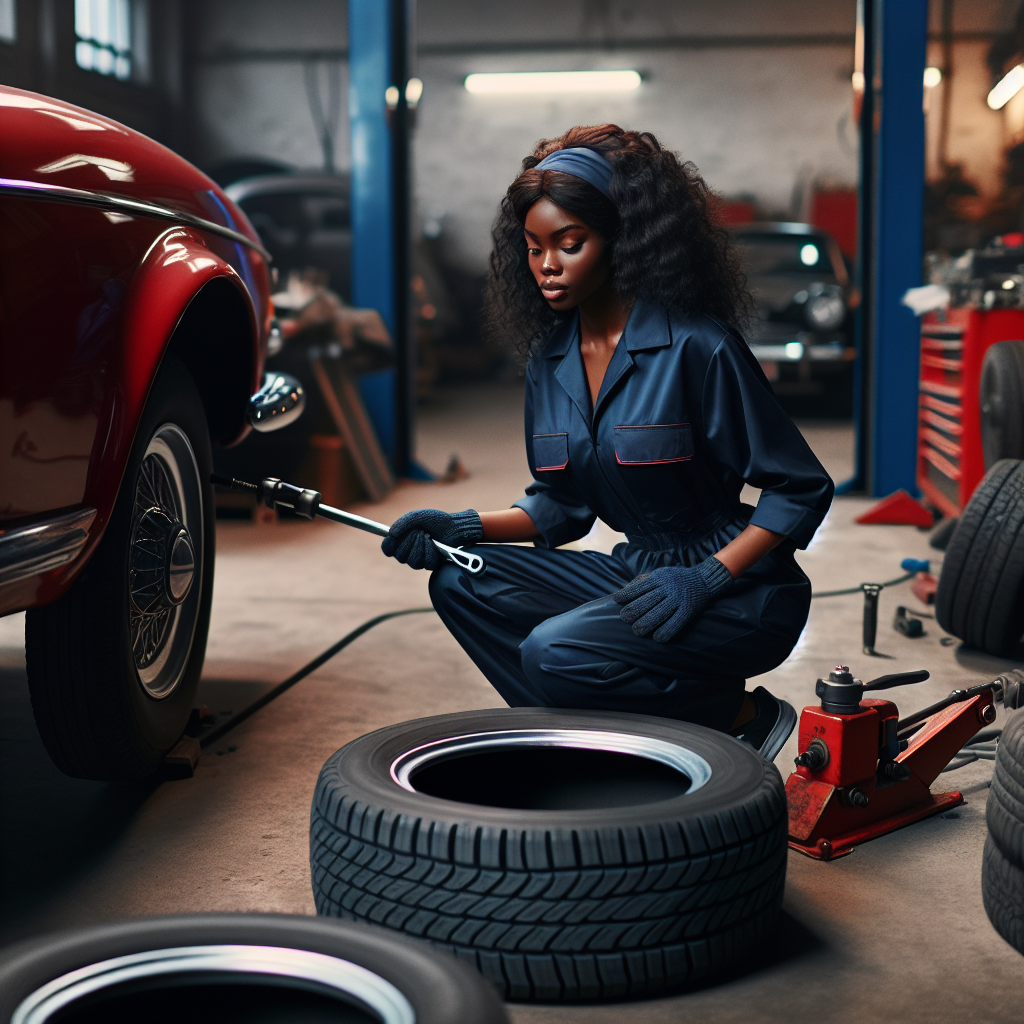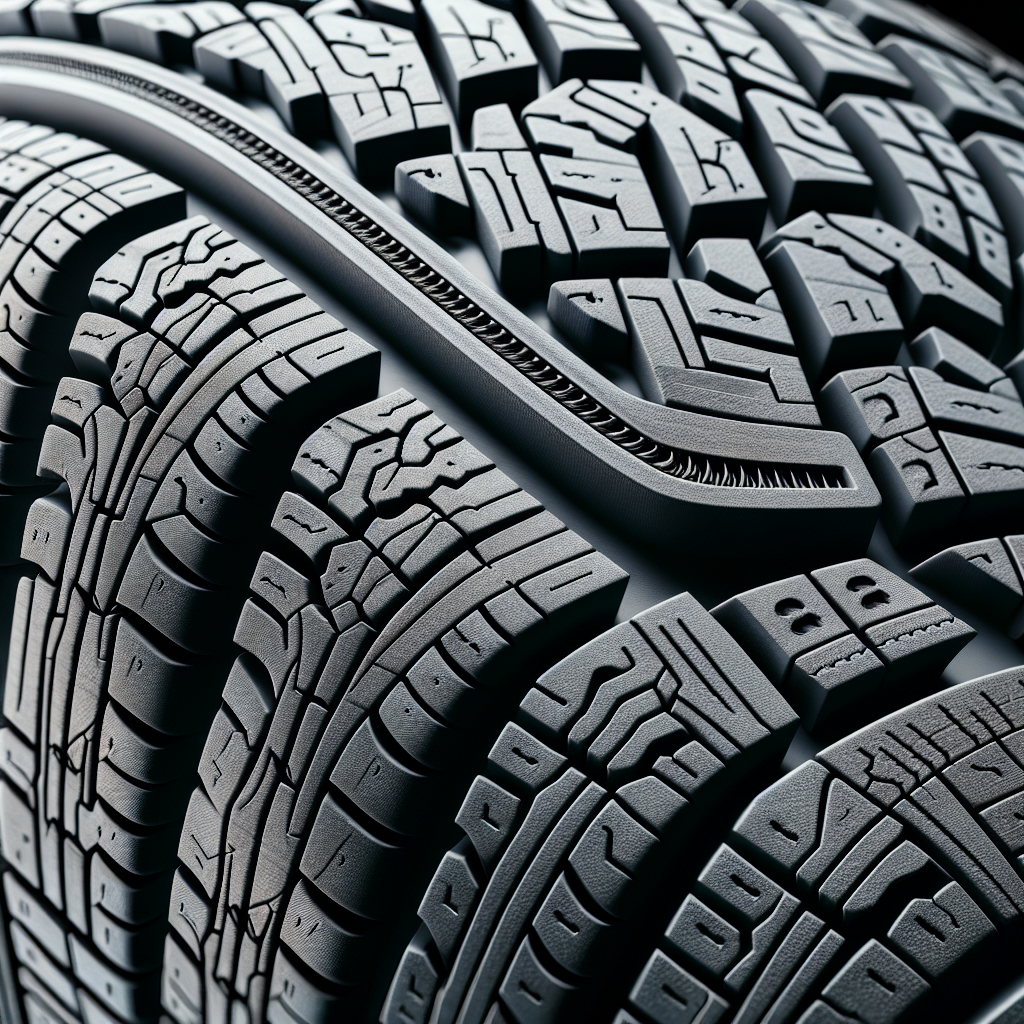Tips for Extending Tire Lifespan
Tire wear is a common issue faced by vehicle owners. It’s a sign of aging, but it can also indicate other problems.
Understanding tire wear patterns can help extend the lifespan of your tires. It can also improve your vehicle’s performance and safety.
In this article, we’ll delve into the world of tire wear. We’ll explore common wear patterns and their causes, such as improper wheel alignment and incorrect tire pressure.
We’ll also provide practical tips on tire maintenance. This includes regular tire rotations, balancing, and understanding the impact of your driving habits.
By the end of this guide, you’ll be equipped with the knowledge to maximize your tire longevity. You’ll also understand when it’s time to replace your tires.
Understanding Tire Wear
Tire wear is a natural part of driving. It’s the gradual loss of tread on your tires due to friction with the road.
However, not all tire wear is equal. Some patterns can indicate problems with your vehicle or driving habits.
Here are some factors that can influence tire wear:
- Wheel alignment
- Tire pressure
- Driving habits
- Tire balancing
- Vehicle load
Understanding these factors can help you address tire wear effectively. It can also help you maintain optimal vehicle performance and safety.
Common Tire Wear Patterns and Their Causes
Tire wear patterns can tell a lot about your vehicle’s condition. For instance, uneven wear often indicates wheel alignment issues.
Center wear is another common pattern. It’s usually caused by overinflation, which makes the tire’s middle section contact the road more.
Edge wear, on the other hand, often results from underinflation. The tire’s edges contact the road more, causing faster wear.
By recognizing these patterns, you can address the underlying issues. This can help extend your tires’ lifespan and improve your vehicle’s performance.
The Impact of Wheel Alignment on Tire Wear
Wheel alignment is crucial for even tire wear. Misaligned wheels can cause your tires to wear unevenly and prematurely.
For instance, a toe-in or toe-out alignment can cause rapid edge wear. It’s important to get your wheels aligned regularly to prevent this.
Remember, proper wheel alignment not only extends your tires’ lifespan. It also improves vehicle handling and fuel efficiency.
The Role of Tire Pressure in Tire Longevity
Tire pressure plays a significant role in tire wear. Both overinflation and underinflation can lead to premature wear.
Overinflation causes center wear, while underinflation leads to edge wear. Maintaining the right tire pressure can help prevent these issues.
Regularly check your tire pressure to ensure it’s within the recommended range. This simple habit can significantly extend your tires’ lifespan.
Maintenance Tips to Prevent Premature Tire Wear
Proactive tire maintenance is key to preventing premature wear. Regular inspections can help you catch early signs of wear and address them.
One effective maintenance strategy is tire rotation. This involves swapping your tires’ positions to distribute wear evenly.
Another important aspect is tire balancing. This ensures that your tires spin evenly, preventing uneven wear.
Regular Tire Rotations: A Must for Even Wear
Tire rotation is a simple yet effective way to extend your tires’ lifespan. It helps distribute wear evenly across all tires.
The recommended rotation frequency varies. However, a good rule of thumb is to rotate your tires every 5,000 to 7,000 miles.
Remember, regular tire rotations not only extend your tires’ lifespan. They also improve vehicle handling and performance.
The Importance of Tire Balancing
Tire balancing is another crucial maintenance task. It ensures that your tires spin evenly, preventing rapid and uneven wear.
Unbalanced tires can cause vibrations and uneven tread wear. Regular balancing checks can help prevent these issues.
Consider getting your tires balanced every time you get them rotated. This can help maintain optimal tire performance and longevity.
Driving Habits That Affect Tire Wear
Your driving habits can significantly impact tire wear. For instance, aggressive driving can lead to rapid wear.
Hard braking and sharp turns can cause your tires to wear faster. Try to drive smoothly and avoid sudden maneuvers whenever possible.
Remember, safe and smooth driving not only extends your tires’ lifespan. It also enhances vehicle safety and fuel efficiency.
When to Replace Your Tires
Knowing when to replace your tires is crucial for your safety. Over time, tire wear can reduce traction and handling, increasing the risk of accidents.
Tire wear indicators, also known as wear bars, can help you determine when it’s time for a replacement. These are raised sections that become flush with the tire’s tread when it’s worn down.
Remember, driving on worn-out tires is not only dangerous. It can also lead to costly repairs and even legal issues.
Reading Tire Wear Indicators
Tire wear indicators are a simple yet effective tool for assessing tire wear. They are small raised sections within the tire’s tread.
When the tread wears down to the level of these indicators, it’s time to replace your tires. Ignoring these signs can lead to reduced traction and increased risk of accidents.
It’s a good habit to check these indicators regularly. This can help you plan for tire replacement and avoid unexpected issues.
Legal Requirements and Safety Considerations
Different regions have legal requirements for tire tread depth. In many places, the minimum tread depth is 1/16th of an inch.
Driving with tires below the legal tread depth can result in fines. More importantly, it can compromise your safety on the road.
Always ensure your tires meet the legal requirements. This not only keeps you safe but also helps you avoid legal issues.
Conclusion: The Cost Benefits of Proactive Tire Maintenance
Proactive tire maintenance can save you money in the long run. Regular inspections and timely interventions can extend your tires’ lifespan, reducing the need for frequent replacements.
Moreover, well-maintained tires can improve your vehicle’s fuel efficiency. This can lead to significant savings on fuel costs over time.
In conclusion, understanding tire wear and adopting a proactive approach to tire maintenance is a wise investment. It not only enhances your safety on the road but also brings substantial cost benefits.













![Accounting Course in Delhi, 110047, [GST Update 2024]](https://free-ads.marketing2advertising.com/wp-content/uploads/2024/07/Accounting-Course-in-Delhi-1-300x224.png)


